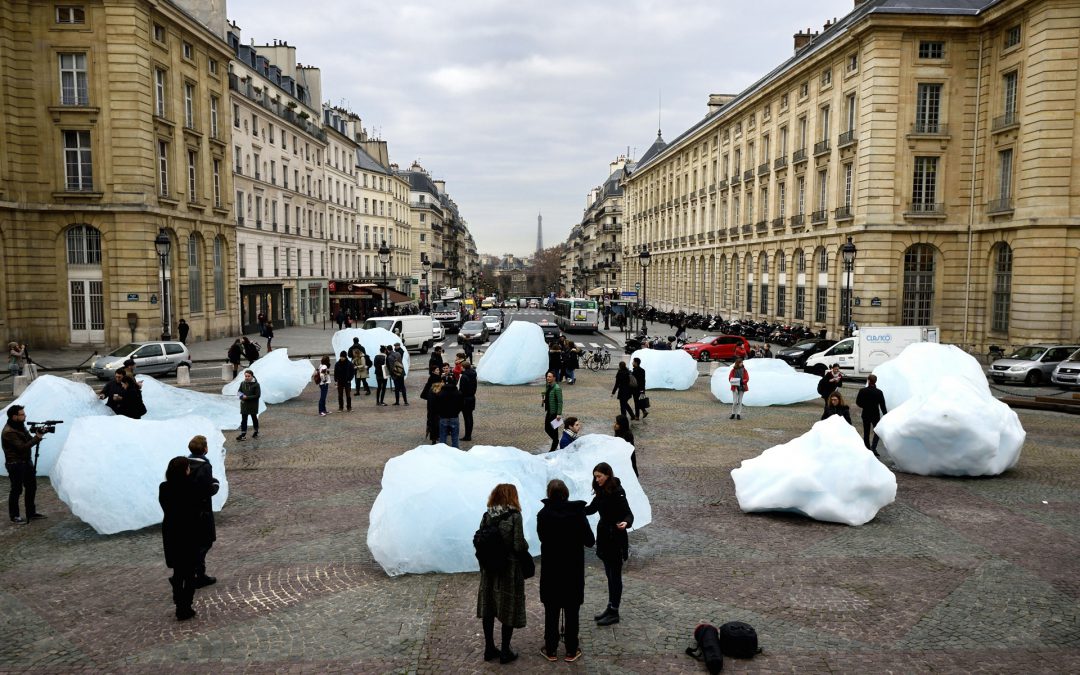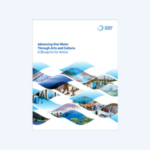Art and Water Do Mix


Just as arts and culture strategies have been catalysts in other areas of community development, they can also be a transformative element in helping water leaders achieve their One Water goals.Artistic processes can reveal hidden connections, interdependencies, and relationships, which can inform thinking and planning with a systems mindset. By holistically considering the economic, environmental, and social needs of a community, artists can help projects achieve multiple benefits and minimize negative impacts. Artists can play a valuable role in watershed-scale thinking and action by serving as liaisons between different stakeholder groups or helping people see familiar things from new perspectives. They can bridge diverse interests and needs to cultivate cross-sector partnerships that work toward common goals. Artists can create compelling participatory experiences to help communities recognize that all water has value. Artistic processes and methods that prioritize inclusion and engagement of all community members can help build community connections, trust, and resilience. All of these skills are assets in tackling the complicated, interconnected water challenges of today and enabling equitable water management.
The good news is that there is already impressive work happening at the intersection of art, culture, and water that utility leaders can look to for inspiration. In fact, the integration of art and water infrastructure has a long legacy. For centuries, art has been used to adorn and celebrate water resources and engineering marvels, and to help the public understand their importance.


